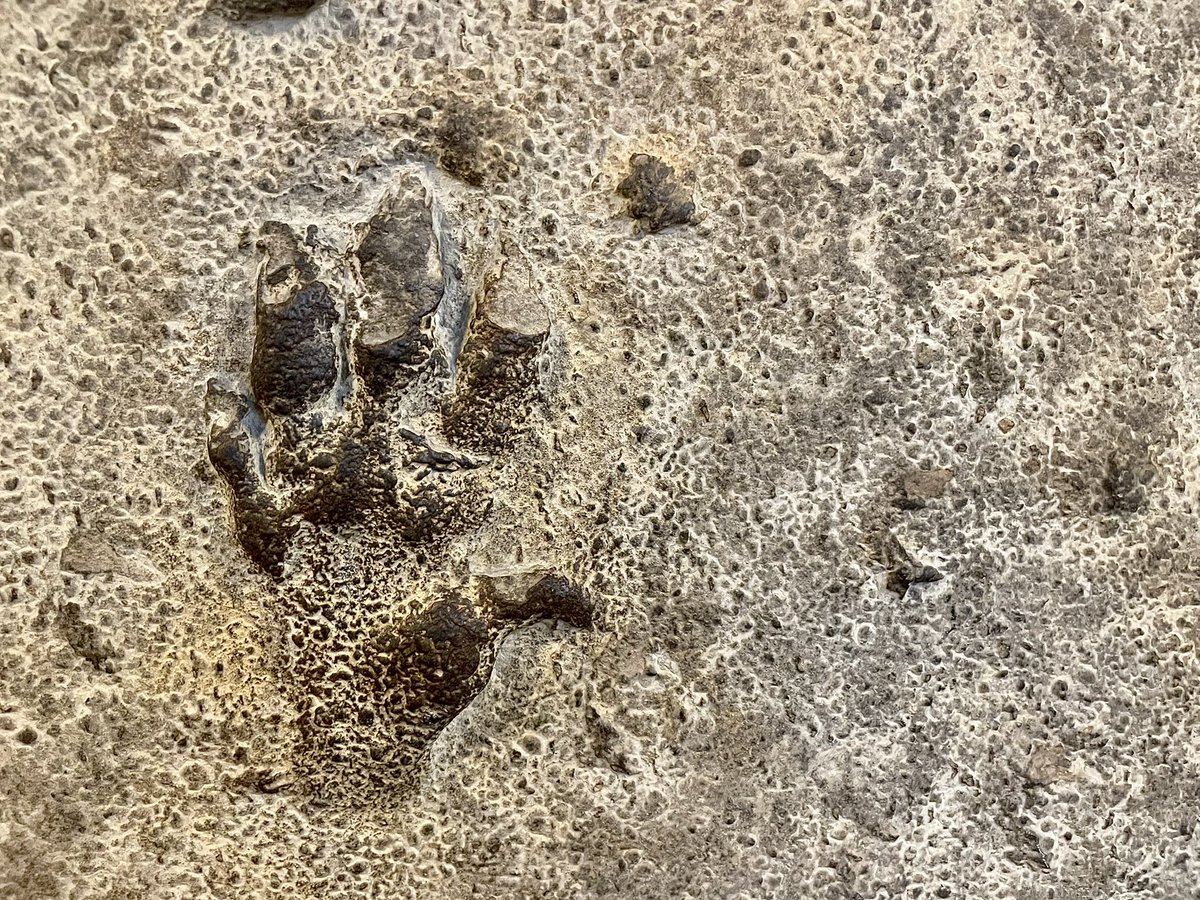
Some more #MassExtinction chatter today:
The Late Devonian not only suffered from a protracted extinction event, but was marked by low speciation (meaning that fewer new species were evolving at this time than average).
The Late Devonian not only suffered from a protracted extinction event, but was marked by low speciation (meaning that fewer new species were evolving at this time than average).

About 375 to 360 million years ago the Devonian period experienced elevated rates of extinction that lasted as long as 20 million years. Evidence has suggested that this rise in extinction rates was caused by a dramatic decrease…
…in stratospheric ozone and a warming climate. When the ozone layer was striped away, possibly by a nearby supernova which would have accelerated cosmic rays and delivered ionizing radiation to the Earth’s surface.
Research (pnas.org/content/117/35…) conducted about the Devonian extinction event has shown that a blast of ultraviolet (UV) radiation causing widespread mutations. It is theorised that chemical reactions…
…triggered by rising global temperatures stripped away the planet’s ozone layer, which protects life on earth from UV radiation.
By examining ancient Devonian fern spores preserved in Greenland, researchers were able to observe spores becoming dark and misshapen at around the same time as the extinction event begins.
Two of the most severe periods of mass extinction can be seen in the fossil record by layers of black shale which are evidence of little to no free oxygen on the Devonian seafloor. The Devonian extinction event was probably…
…not caused by one single environmental trigger, but by a turbulent time in the Earth’s climate marked by rapid changes in global temperature, meteorite or comet impacts, or nutrient runoff depleting the oceans of oxygen.
One of the groups of creatures to go extinct by the end of the Devonian period were the placoderms. Placoderms were armoured prehistoric fish, and some of the first jawed fish that lived on the planet. 



This is a fossil from the genus Bothriolepis, a placoderm, and like other placoderms it had a head covered i hard armoured planet and a naked shark-like body and tail. 

Pictured here are the armoured head plates of Cephalaspis, whose name means head-shield. About the size of a modern trout, it was a jawless ‘ostracoderm’ fish that, like the jawed placoderms, also went extinct during the late Devonian 

Today we are experiencing the effects human-caused damage to the ozone layer. This was caused largely through the use of chlorofluorocarbons (CFCs) which are found in aerosol-sprays, solvents, and foam-blowing agents
Despite being of great industrial and commercial value, we now recognise that the unregulated use of CFCs has caused a hole in the planet’s ozone layer and CFCs were replaced with hydrofluorocarbons (HFCs) in the 1980s
While the ozone hole is recovering thanks to this, and other, changes, it will take decades for the ozone hole to recover to pre-industrial revolution levels.
• • •
Missing some Tweet in this thread? You can try to
force a refresh














